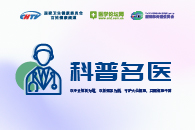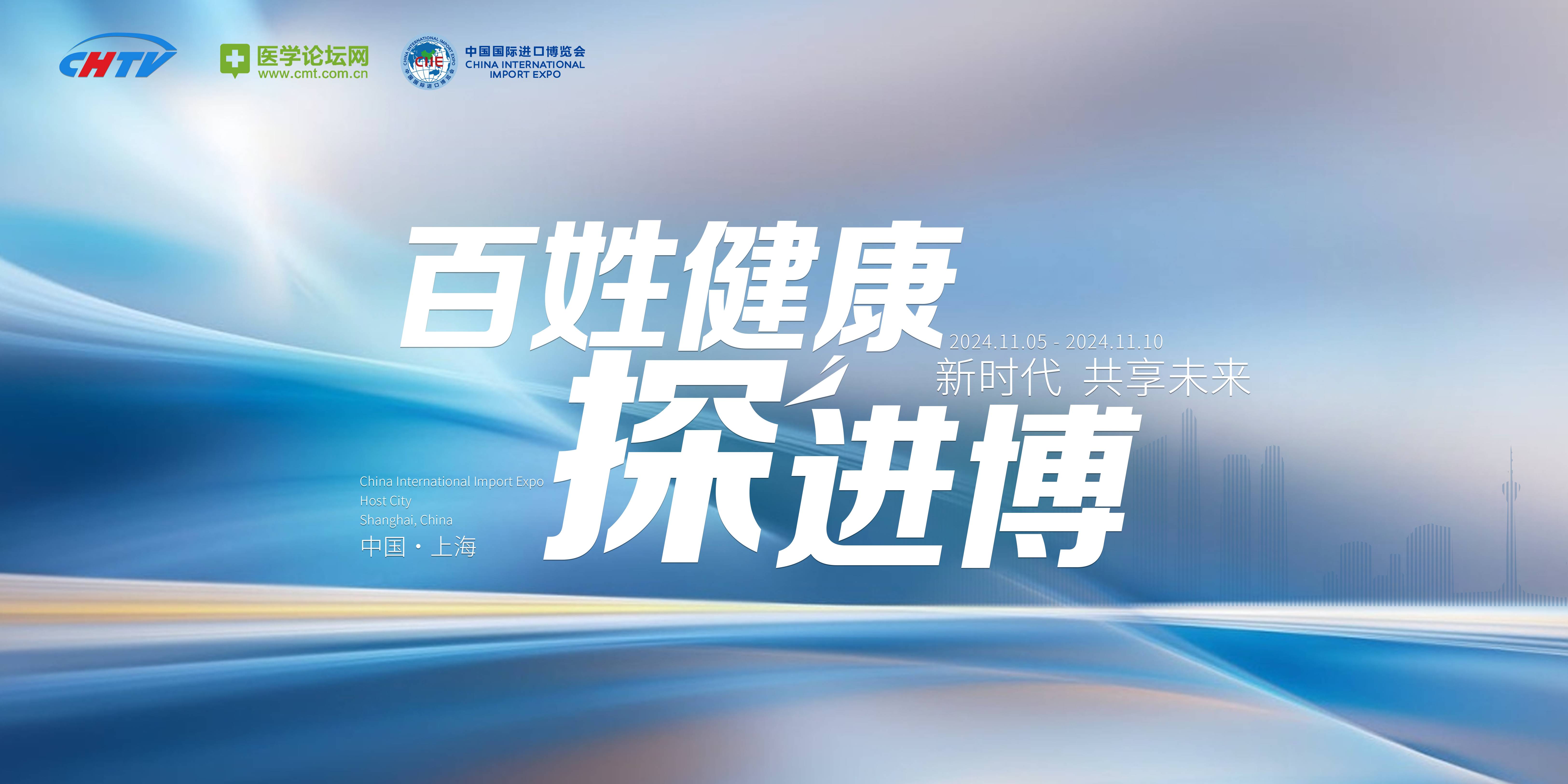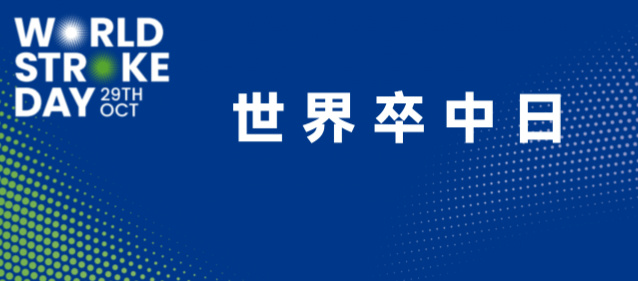支架治疗症状性颅内动脉狭窄增卒中风险
多国学者联合进行了一项研究,结果表明,与药物治疗相比,使用球囊扩张支架治疗症状性颅内动脉狭窄(≥70%)可增加患者同一病变区域12个月的额外卒中或短暂性脑缺血发作(TIA)风险,还增加30天的任何卒中或TIA风险。研究结果不支持在此类患者中应用球囊扩张支架。相关论文近日发表于《美国医学会杂志》(简称JAMA)。
颅内动脉狭窄是卒中最常见的病因。目前尚无对比球囊扩张支架治疗和药物治疗症状性颅内动脉狭窄的随机临床试验。因此,多国学者联合进行了一项研究,结果表明,与药物治疗相比,使用球囊扩张支架治疗症状性颅内动脉狭窄(≥70%)可增加患者同一病变区域12个月的额外卒中或短暂性脑缺血发作(TIA)风险,还增加30天的任何卒中或TIA风险。研究结果不支持在此类患者中应用球囊扩张支架。相关论文近日发表于《美国医学会杂志》(简称JAMA)。
该项名为VISSIT的国际多中心随机临床试验纳入了112例来自27个地区的受试者,最后随访时间为2013年5月。将患者按1:1随机分配至接受球囊扩张支架联合药物治疗组(支架组,n = 59)或仅药物治疗组(n = 53)。主要终点指标为随机化后12个月内同一区域发生卒中或顽固性TIA(hard TIA)的复合事件。顽固性TIA定义为由大脑病灶或视网膜缺血导致的神经功能障碍短暂发作,持续时间至少为10分钟,但可在24小时内缓解。主要安全性指标为随机化后30天内发生任何卒中、死亡或脑出血,以及随机化后第2天至30天发生任何顽固性TIA的复合事件。在12个月的研究期间,利用改良Rankin量表和EuroQol-5D分别评估受试者的残疾程度和一般健康状况。
因另一项试验的负性结果,招募受试者被提前终止。
早期分析结果显示,应用球囊扩张支架对患者无益。支架组的30天主要安全性终点事件(支架组24.1% vs药物治疗组9.4%,P = 0.05)和30天脑出血事件均较多(8.6% vs 0,P = 0.06)。该组1年主要终点(卒中或顽固性TIA)也较多(36.2% vs 15.1%,P = 0.02),基线残疾评分恶化也较多(24.1% vs 11.3% ,P =0.09)。12个月随访结果显示,两组患者的EuroQol-5D无差异。
参考文献:Osama O. Zaidat,et al. JAMA. 2015;313(12):1240-1248. doi:10.1001/jama.2015.1693.
March 24/31, 2015
Effect of a Balloon-Expandable Intracranial Stent vs Medical Therapy on Risk of Stroke in Patients With Symptomatic Intracranial StenosisThe VISSIT Randomized Clinical Trial
Osama O. Zaidat, MD, MS1,2,3; Brian-Fred Fitzsimmons, MD1,2,3; Britton Keith Woodward, MD4; Zhigang Wang, MD5; Monika Killer-Oberpfalzer, MD6; Ajay Wakhloo, MD, PhD7; Rishi Gupta, MD, MBA8; Howard Kirshner, MD9; J. Thomas Megerian, MD, PhD10; James Lesko, PhD10; Pamela Pitzer10; Jandira Ramos, MPH10; Alicia C. Castonguay, PhD1; Stanley Barnwell, MD11,12; Wade S. Smith, MD13; Daryl R. Gress, MD14 ; for the VISSIT Trial Investigators
[+] Author Affiliations
JAMA. 2015;313(12):1240-1248. doi:10.1001/jama.2015.1693.
Importance Intracranial stenosis is one of the most common etiologies of stroke. To our knowledge, no randomized clinical trials have compared balloon-expandable stent treatment with medical therapy in symptomatic intracranial arterial stenosis.
Objective To evaluate the efficacy and safety of the balloon-expandable stent plus medical therapy vs medical therapy alone in patients with symptomatic intracranial stenosis (≥70%).
Design, Setting, and Patients VISSIT (the Vitesse Intracranial Stent Study for Ischemic Stroke Therapy) trial is an international, multicenter, 1:1 randomized, parallel group trial that enrolled patients from 27 sites (January 2009-June 2012) with last follow-up in May 2013.
Interventions Patients (N = 112) were randomized to receive balloon-expandable stent plus medical therapy (stent group; n = 59) or medical therapy alone (medical group; n = 53).
Main Outcomes and Measures Primary outcome measure: a composite of stroke in the same territory within 12 months of randomization or hard transient ischemic attack (TIA) in the same territory day 2 through month 12 postrandomization. A hard TIA was defined as a transient episode of neurological dysfunction caused by focal brain or retinal ischemia lasting at least 10 minutes but resolving within 24 hours. Primary safety measure: a composite of any stroke, death, or intracranial hemorrhage within 30 days of randomization and any hard TIA between days 2 and 30 of randomization. Disability was measured with the modified Rankin Scale and general health status with the EuroQol-5D, both through month 12.
Results Enrollment was halted by the sponsor after negative results from another trial prompted an early analysis of outcomes, which suggested futility after 112 patients of a planned sample size of 250 were enrolled. The 30-day primary safety end point occurred in more patients in the stent group (14/58; 24.1% [95% CI, 13.9%-37.2%]) vs the medical group (5/53; 9.4% [95% CI, 3.1%-20.7%]) (P = .05). Intracranial hemorrhage within 30 days occurred in more patients in the stent group (5/58; 8.6% [95% CI, 2.9%-19.0%]) vs none in the medical group (95% CI, 0%-5.5%) (P = .06). The 1-year primary outcome of stroke or hard TIA occurred in more patients in the stent group (21/58; 36.2% [95% CI, 24.0-49.9]) vs the medical group (8/53; 15.1% [95% CI, 6.7-27.6]) (P = .02). Worsening of baseline disability score (modified Rankin Scale) occurred in more patients in the stent group (14/58; 24.1% [95% CI, 13.9%-37.2%]) vs the medical group (6/53; 11.3% [95% CI, 4.3%-23.0%]) (P = .09).The EuroQol-5D showed no difference in any of the 5 dimensions between groups at 12-month follow-up.
Conclusions and Relevance Among patients with symptomatic intracranial arterial stenosis, the use of a balloon-expandable stent compared with medical therapy resulted in an increased 12-month risk of added stroke or TIA in the same territory, and increased 30-day risk of any stroke or TIA. These findings do not support the use of a balloon-expandable stent for patients with symptomatic intracranial arterial stenosis.



.jpg)


